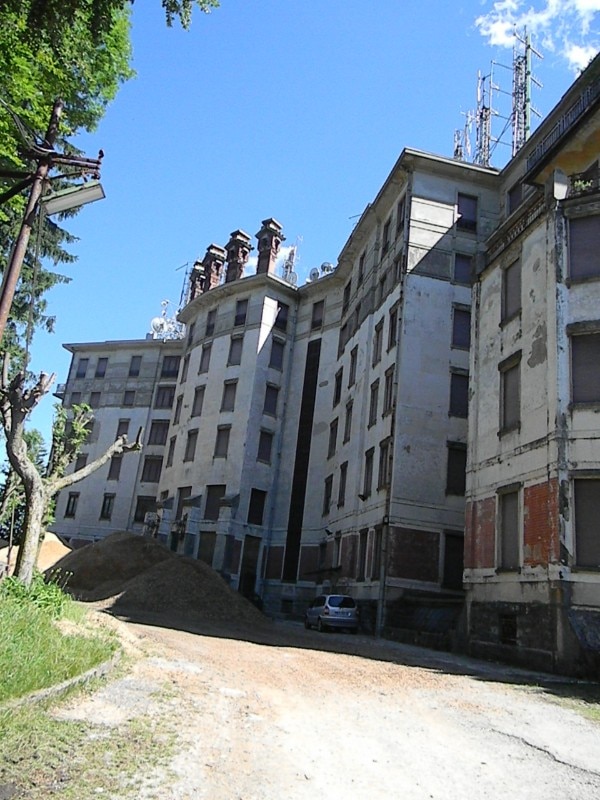Cinema has always weaved relationships with architecture, which can enter filmic language in various ways: as a simple scenic backdrop or as the main protagonist of the story. Particularly in films noir, thrillers and so-called ‘horror’ films, this relationship between narrative and space gives rise to a disturbing imbalance, especially when the source and theatre of alienation and panic is the ‘home’, the place par excellence where, in theory, one can find a safe haven not only from the dangers of the world but also from one’s own nightmares.
And so horror films are enriched with domestic settings that lend themselves to hosting sinister events: this is the case of the leaden and deadly eclectic and Art Nouveau buildings that have hosted the scenes of the films by Polanski, Amenábar and Argento, or the austere and apparently reassuring buildings with a vernacular flavour that have been the filming locations of films by Kubrick, Avati and Murphy. But even the history of architecture sometimes enters into the script: this is the case of works by great masters who, with some of their unusual realisations, vaguely evocative of pre-Columbian sacrificial rituals (Wright) or alien flying saucers (Lautner), have offered the director (Ulmer, De Palma) intentionally disquieting settings: who knows if those who have actually lived there have ever had any bad dreams.

A Brutalist masterpiece frames the novelty signed 24Bottles
Giancarlo De Carlo's Collegi in Urbino is hosting a campaign for a signature product of 24Bottles: the brand's first titanium bottle, designed under the banner of essentiality.




















